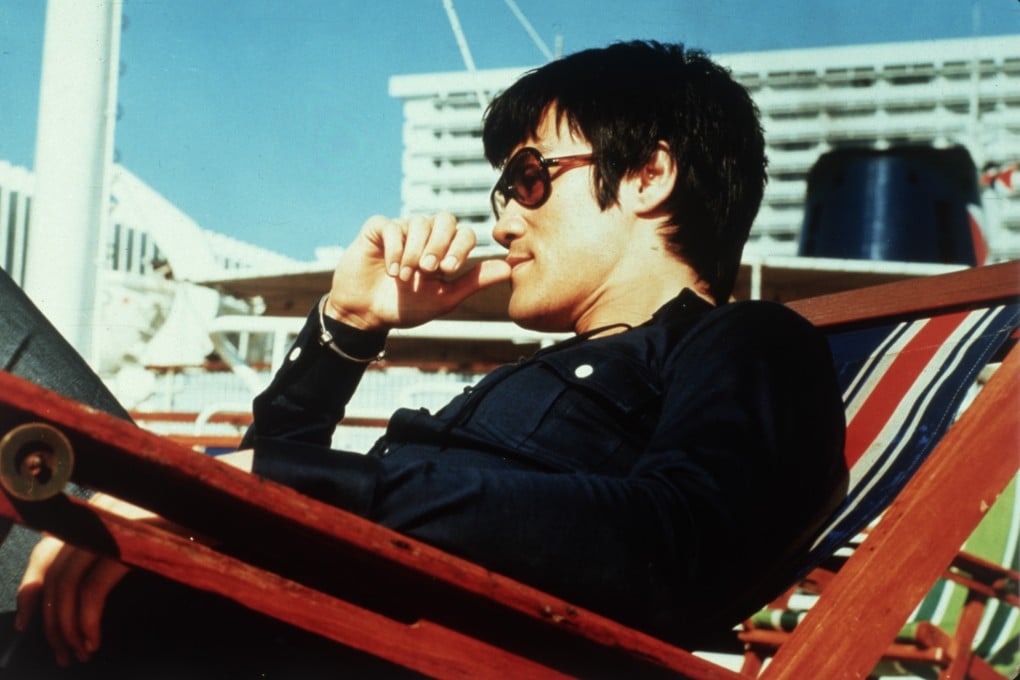Inside Bruce Lee’s Hong Kong home: from Crane’s Nest to love hotel and why it never became a museum

Kung fu legend Bruce Lee’s former Hong Kong mansion is a shadow of what it once was – having transformed from his private sanctuary into a sex hotel despite repeated calls for it to be turned into a museum preserving his legacy.
The US-born Lee, a grandson of influential Hong Kong businessman Sir Robert Ho Tung, moved back and forth between America and Hong Kong for long stretches while growing up, even becoming a child actor in Hong Kong during the 1940s.
After gaining fame for his martial arts teachings and revolutionising kung fu film styles, he brought wife Linda and their two children to the city in 1971. He spent his last years at 41 Cumberland Road in Kowloon Tong.
Documentary clips from the 1970s of the Lees’ two-storey home showed white walls and modern furniture of glass, steel and dark wood.
Lee and his wife seemed to favour splashes of red and purple in their upholstery, including the couches and the fabric covers of dining table chairs.
Lee also kept a sizeable collection of books and posters, and very neatly kept his record players and headphones on a shelf in the family room, according to the footage. One whole wall near his office bureau was covered in artsy wallpaper featuring nude women.